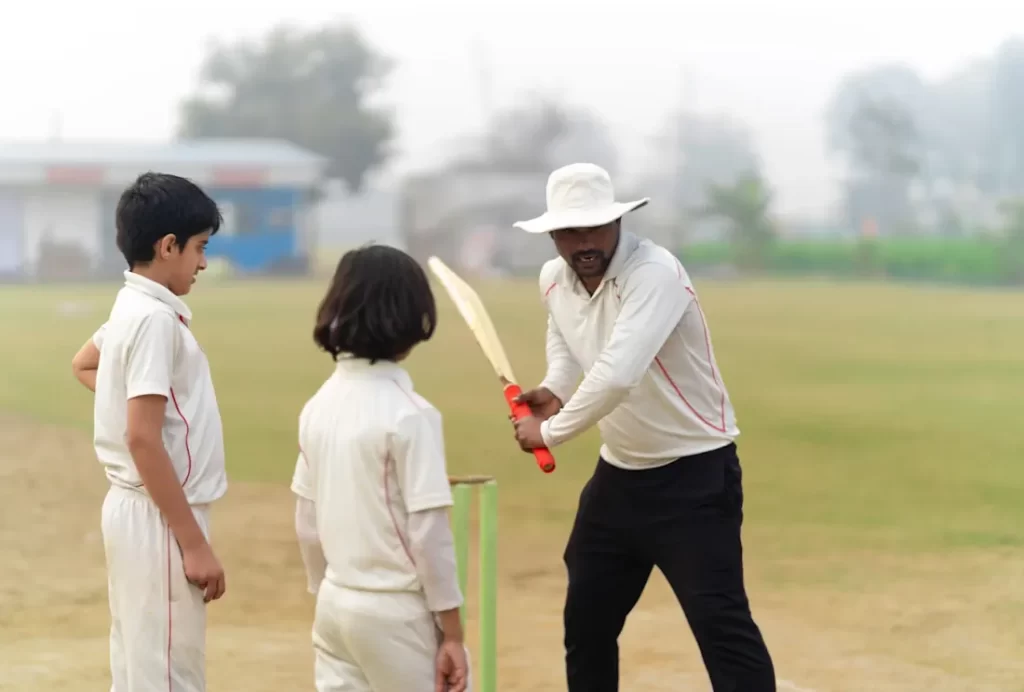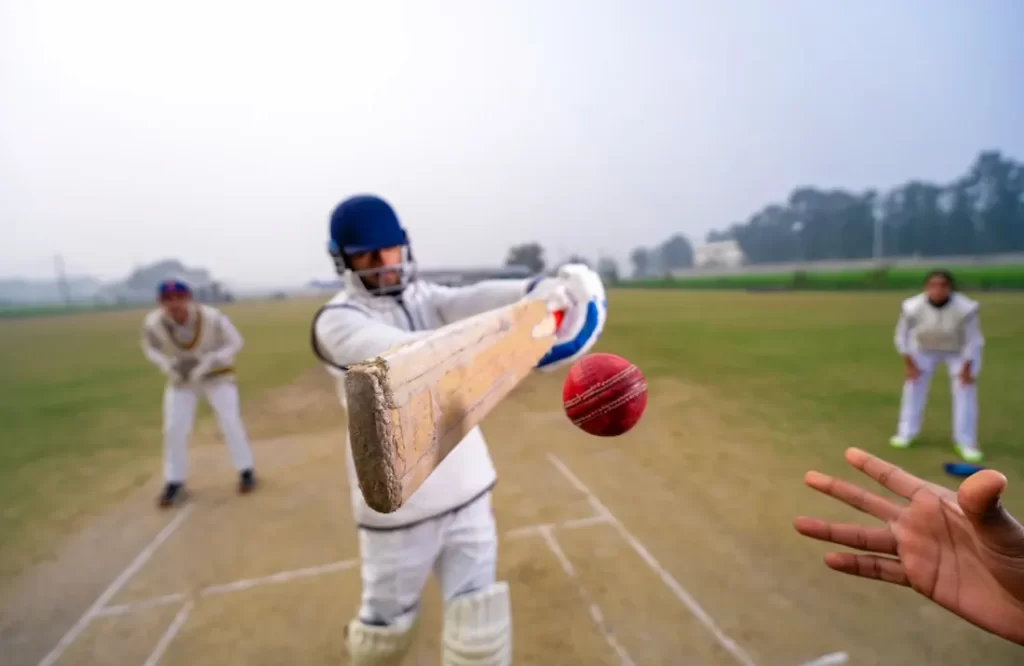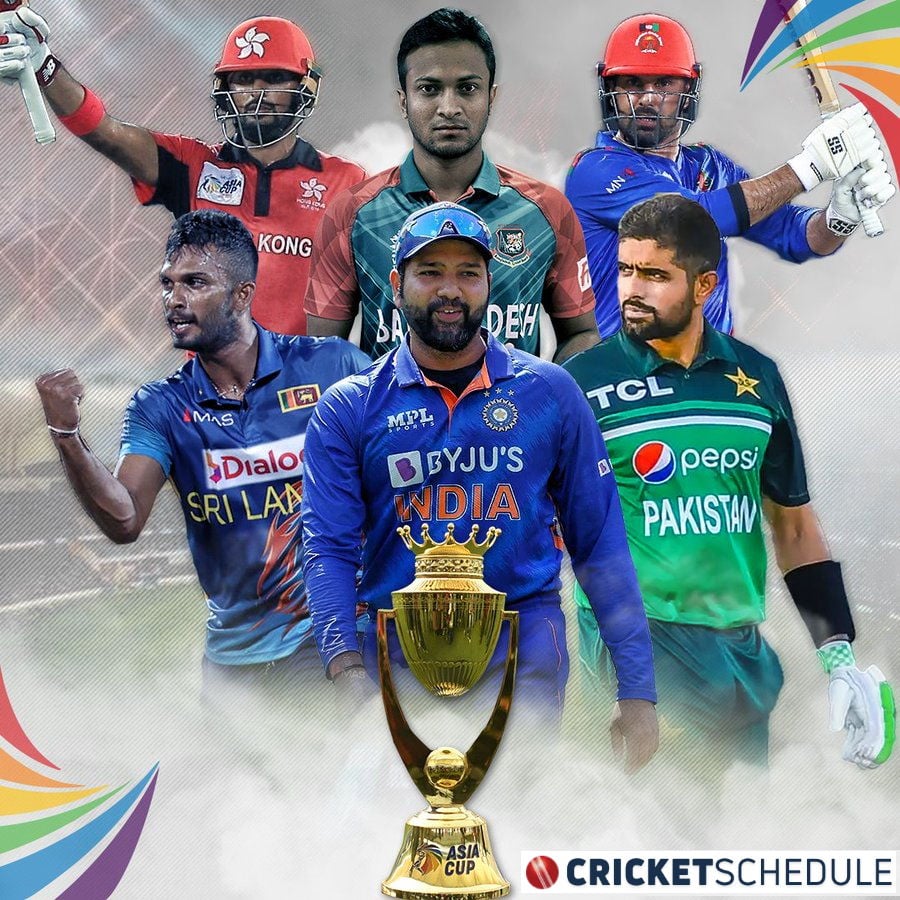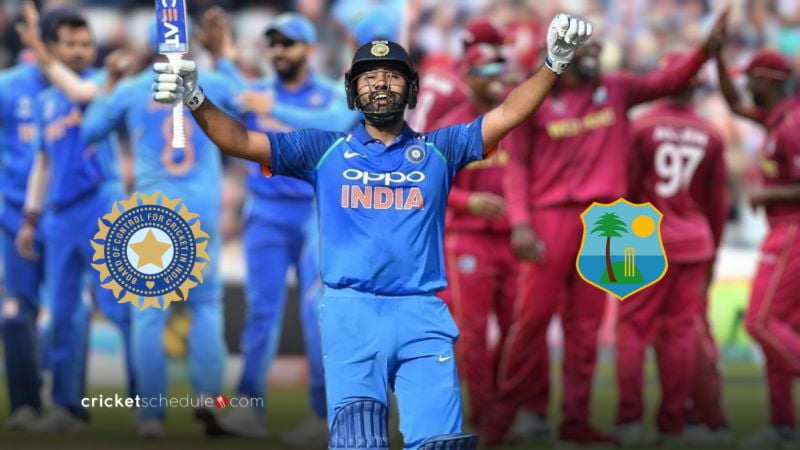Cricket, a sport that enthralls millions globally, is not just a game but a passion that unites diverse cultures. Whether you’re a seasoned cricketer, a budding talent, or simply a cricket enthusiast eager to learn more about the game, the journey of improvement never ceases. The essence of cricket lies not only in on-field excellence but also in the continuous pursuit of knowledge and skill enhancement, even from the comfort of one’s home.

Understanding the Basics of Cricket
Cricket holds a rich tapestry of history, tradition, and an ever-evolving set of rules and formats that cater to a wide audience. For anyone venturing into the realms of this sport, whether as a player, coach, or enthusiast, grasping the basics of cricket is not merely a step but a leap towards appreciating its intricacies and nuances. Understanding cricket’s rules, its various formats such as Test, One Day International (ODI), and Twenty20 (T20), along with player positions, lays the foundational stone in this journey.
The Rules of Cricket
At its core, cricket is a bat-and-ball game played between two teams, each consisting of eleven players. The game unfolds on a circular or oval-shaped field, at the center of which lies the cricket pitch, a 22-yard-long strip. The objective is simple yet profound – to score more runs than the opponent. Two batsmen stand at either end of the pitch, facing deliveries from the bowlers of the opposing team. Runs are scored by hitting the ball and running to the opposite end of the pitch. The fielding team aims to restrict the batting team’s score by dismissing the batsmen in various ways, such as a catch, a bowled, an LBW (Leg Before Wicket), a run-out, and a few others.
Formats of Cricket
The beauty of cricket lies in its versatility, presented through its three major formats, each with its unique set of rules and gameplay style.
| Format | Description |
|---|---|
| Test Cricket | The traditional form, played over five days, emphasizing endurance and strategy with teams donning white outfits, showcasing cricket’s heritage. |
| One Day International (ODI) | A one-day format with 50 overs per team, introducing a quicker pace and colored uniforms, blending Test cricket’s strategy with T20’s speed. |
| Twenty20 (T20) | The fast-paced, 20-over format brings high energy and innovation to the game, popularizing cricket with its dynamic approach and broadening its appeal globally, highlighted by tournaments like the IPL. |
Player Positions and Roles
Cricket player positions are as diverse as the game itself, with each role tailored to specific skills and game phases. Batsmen are judged by their ability to score runs and defend their wicket, while bowlers are categorized into fast bowlers and spinners, each with their techniques to outwit batsmen. Fielders, placed strategically across the field, aim to support bowlers by catching or stopping the ball, and wicket-keepers guard the stumps, ready to dismiss batsmen with lightning-fast reflexes.
Importance for Beginners
For beginners, understanding these fundamentals is crucial for multiple reasons. Firstly, it helps in appreciating the game’s depth, allowing a more enriched viewing or playing experience. Secondly, a solid grasp of the basics aids in developing skills systematically, be it batting, bowling, or fielding. Lastly, knowing the game’s rules and formats fosters a sense of belonging and community among fellow enthusiasts and players, essential in a sport as collaborative and team-oriented as cricket.
On-Field Training with Coaches

The path to cricketing excellence is paved with diligent practice, precise technique, and a profound understanding of the game’s mental and strategic dimensions. Central to this journey is the role of professional coaching, which transcends the mere impartation of skills to encompass a holistic development of the cricketer. Coaches not only refine a player’s technical abilities but also instill the mental fortitude and game awareness crucial for excelling in high-pressure situations inherent to cricket.
The Role of Professional Coaching in Skill Development
Professional coaching in cricket is akin to a guiding light that navigates players through the complexities of the game. Coaches, with their wealth of experience and knowledge, identify the unique strengths and areas for improvement in each player, tailoring their coaching methods accordingly. They serve as mentors, motivators, and sometimes, critics, all rolled into one, constantly pushing players to stretch their limits and refine their skills. The coach-player relationship is foundational, built on trust and mutual respect, enabling an environment where learning and growth thrive.
Techniques and Drills for Batting, Bowling, and Fielding
Coaches employ a variety of drills to enhance a batsman’s technique, focusing on aspects such as footwork, shot selection, and timing. Drills like the ‘drop ball’ exercise improve defensive techniques, while ‘net sessions’ with specific field settings prepare batsmen for match situations. Advanced technology like video analysis is often used to dissect and perfect batting technique, providing immediate feedback for improvement.
Bowling coaching focuses on developing a bowler’s action, grip, run-up, and delivery, tailored to their style – be it fast, swing, or spin bowling. Precision drills, such as aiming at a single stump or bowling to a field setting in practice nets, enhance accuracy and control. Variations in pace, length, and spin are explored, with specific exercises designed to master each aspect.
In modern cricket, fielding is as critical as batting or bowling. Coaches emphasize agility, reflexes, and accuracy through drills like ‘high catch’ practice and ‘ground fielding’ exercises. Innovative drills that simulate match scenarios are employed to improve decision-making and efficiency in the field.
Psychological Aspects of Cricket
Cricket is as much a mental game as it is physical. Coaches play a pivotal role in developing a player’s mental strength, instilling resilience, and the ability to remain composed under pressure. Techniques such as visualization, meditation, and goal-setting are integral to mental conditioning, helping players envision success and stay mentally engaged during the game.
Learning Cricket Online at Home
In the digital era, the landscape of cricket coaching and learning has expanded beyond the traditional confines of the cricket field. Online cricket learning platforms have emerged as a pivotal resource, offering access to a wealth of knowledge right at the fingertips of aspiring cricketers worldwide. These platforms provide a blend of convenience, variety, and interactive learning experiences, making cricket education more accessible than ever before.
Overview of Online Cricket Learning Platforms

Online cricket learning platforms are comprehensive portals offering a wide range of educational content tailored to various aspects of the game, including batting, bowling, fielding, and the mental strategies involved in cricket. These platforms typically feature video tutorials, live webinars, interactive sessions, and personalized coaching modules, all conducted by experienced coaches or former professional cricketers. Notable platforms like PitchVision, CricketLab, and CoachTube provide structured learning paths and cricket courses that range from beginner to advanced levels, ensuring a customized learning experience for every cricket enthusiast.
Benefits of Video Tutorials, Webinars, and Interactive Coaching Sessions
Online cricket learning tools like video tutorials, live webinars, and interactive coaching sessions provide a comprehensive learning experience, each with unique benefits. Video tutorials offer in-depth visual demonstrations that can be accessed anytime, allowing for self-paced learning. Live webinars facilitate real-time interaction with experts, covering a broad spectrum of cricket-related topics and enabling instant clarification of doubts. Interactive coaching sessions further personalize the learning journey with direct communication, tailored feedback, and customized training plans, addressing the specific needs and progress of each individual learner. Together, these online resources create a versatile and engaging platform for cricket education.
| Method | Summary |
|---|---|
| Video Tutorials | Provide detailed visual demonstrations, available anytime for flexible learning at one’s own pace. |
| Live Webinars | Offer real-time interaction with experts, allowing for immediate questions and insights on a range of topics. |
| Interactive Coaching Sessions | Include personalized video calls and feedback, tailored to individual needs and progress for a customized learning experience. |
Club Cricket as a Starting Point
Club cricket acts as the foundational platform for many aspiring cricketers, marking the first crucial step on their journey to professional cricket. At this grassroots level, talents are nurtured, skills are honed, and a profound love for the game is cultivated. The role of club cricket in shaping a cricketer’s career is immense, as it’s the setting where the dreams and ambitions of becoming a professional cricketer start to materialize.
Serving as a vital starting point, club cricket offers a mix of competitive play, quality coaching, and teamwork, all essential for growth within the sport. Through trials or skill assessments, individuals join clubs, gaining access to structured training in all facets of the game and opportunities to compete in league matches. This setting promotes technical, tactical, and psychological growth while providing crucial match experience. Exceptional performances at the club level can lead to opportunities at higher levels of the sport, where showcasing skill, dedication, and consistency becomes key. Networking and engaging with cricket academies are also instrumental in advancing a cricketer’s career.
The Path to Professional Cricket
Achieving success in professional cricket requires intense dedication, innate talent, and continuous perseverance, with a structured path laid out by the organized framework of teams and leagues like Team India and the Indian Premier League (IPL). Aspiring cricketers must not only focus on refining their skills and performance but also understand the professional cricket environment, encompassing team organization and league operations. This comprehensive approach, which includes on-field excellence and off-field understanding of the cricketing landscape, is crucial for those aiming to rise to the zenith of professional cricket, making every effort to turn their dreams into reality.
Professional Cricket Teams and Leagues Structure
Professional cricket operates within a structured framework that includes domestic competitions, international fixtures, and franchise-based leagues. In India, the Board of Control for Cricket in India (BCCI) oversees all professional cricket activities, including domestic tournaments like the Ranji Trophy, Duleep Trophy, and Syed Mushtaq Ali T20 Trophy, which serve as the breeding grounds for upcoming talent.
Team India, the national cricket team, represents the country in international cricket across all formats – Test, ODI, and T20I. Selection for Team India is highly competitive, with players typically rising through the ranks of domestic cricket based on their performances.
The Indian Premier League (IPL) is a franchise-based T20 cricket league, recognized as one of the most lucrative and popular cricket leagues globally. It features teams representing various Indian cities, owned by a mix of corporate conglomerates and high-profile individuals. The IPL not only showcases international stars but also provides a platform for domestic players to exhibit their talents, often serving as a launchpad for selection into the national team.
Requirements and Steps for Aspiring Cricketers
| Aspect | Details |
|---|---|
| Skill Development and Performance | Crucial to have high skill levels, achieved through extensive training. Consistent performance in club and domestic cricket attracts selectors’ attention. |
| Physical Fitness and Mental Toughness | Demands strict fitness regimes and mental resilience to withstand the pressures of professional cricket. |
| Exposure and Experience | Participation in competitive cricket at all levels is vital for gaining experience and adaptability. |
| Networking and Visibility | Building connections in the cricket community through academies, camps, and trials enhances visibility to coaches and selectors. |
| Leveraging Opportunities | Outstanding performances, especially in key tournaments, can open doors to higher levels, including state teams and potentially the IPL or national team. |
Off-Field Training and Support System
The journey to cricketing excellence extends beyond the boundaries of the field, encompassing rigorous off-field training and preparation, alongside the cultivation of a robust support system. These elements are intertwined, each playing a critical role in shaping a well-rounded cricketer.
Off-Field Training and Preparation
Physical fitness is paramount in cricket, requiring players to undertake comprehensive training regimes that include strength, endurance, agility, and flexibility exercises. A tailored diet, rich in nutrients, supports this physical training by providing the energy and recovery necessary for peak performance. Moreover, psychological preparation, including techniques like visualization, goal setting, and mental resilience training, equips cricketers to handle the pressures and challenges of the game.
Equally important is the emphasis on rest and recovery. Adequate rest, including quality sleep and active recovery days, is essential to prevent burnout and injuries, ensuring players remain physically and mentally sharp.
Building a Support System
The role of mentors, be they coaches, former players, or experienced peers, is invaluable in offering guidance, technical advice, and moral support. Peers and teammates provide a sense of camaraderie and collective growth, fostering a competitive yet supportive environment.
Family plays a foundational role, offering emotional support and motivation, particularly during challenging phases of a cricketer’s career. Networking within the cricket community opens doors to opportunities, valuable connections, and insights into the professional cricketing world, further aiding a player’s development and career progression.
Wrap Up
Becoming a skilled cricketer involves much more than just playing the game. It starts with understanding cricket’s basic rules and strategies, and practicing hard on the field with the help of experienced coaches. Using online resources can also boost learning, offering new techniques and insights. Playing for local clubs is a great way to gain real match experience, which is a stepping stone to professional cricket. Success in cricket isn’t just about what happens on the field; it’s also about staying fit, eating right, and keeping a strong mind. Rest and recovery are just as important as training hard. Behind every successful cricketer, there’s also a strong support system of mentors, teammates, and family. All these elements together help a cricketer to grow, improve, and be ready for the challenges of professional cricket.

Official Anthem
2023 Cricket World Cup Anthem Song

Asia Cup 2023
Asia Cup Schedule, Dates, Timing & Venues

Cricket Schedule
ICC Cricket World Cup Schedule 2023

LLC Masters 2023
LLC Schedule, Dates, Timing & Venues

Cricket Schedule
India vs West Indies Schedule 2023

Cricket Schedule
The Hundred Schedule 2023
